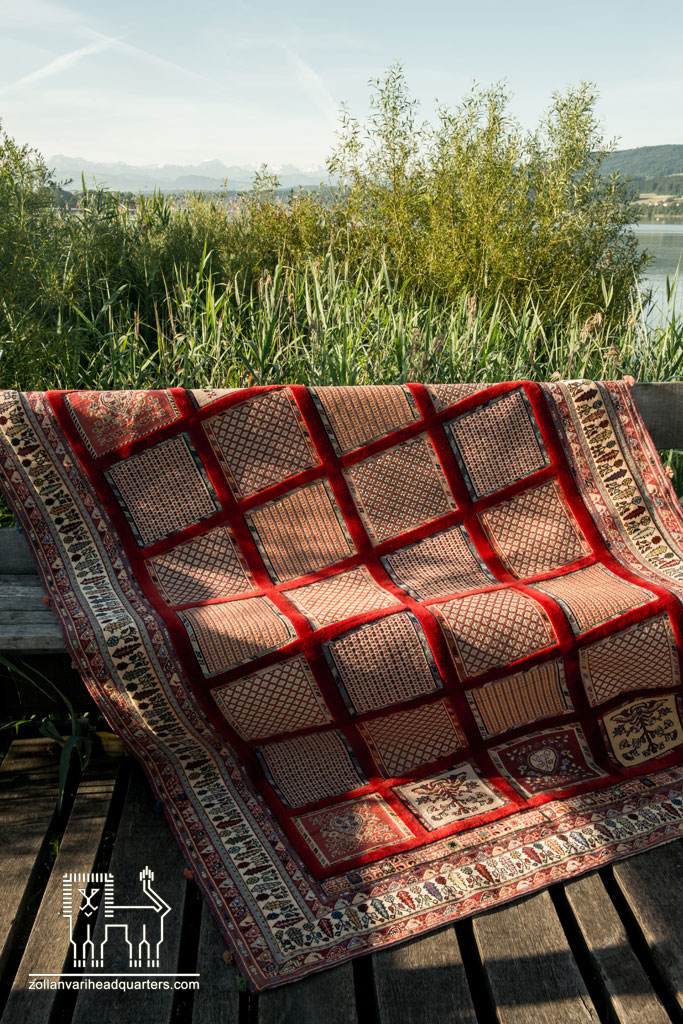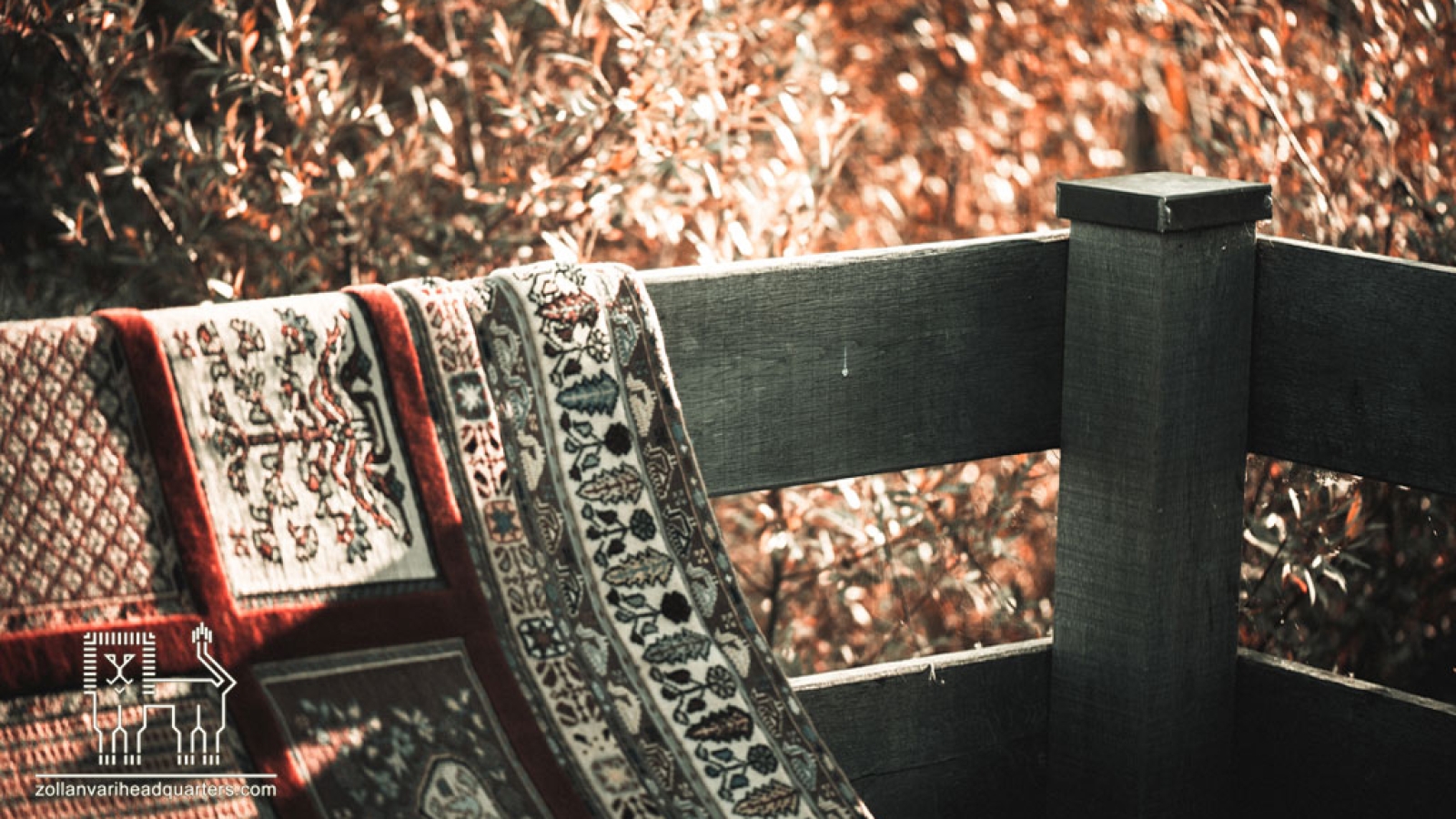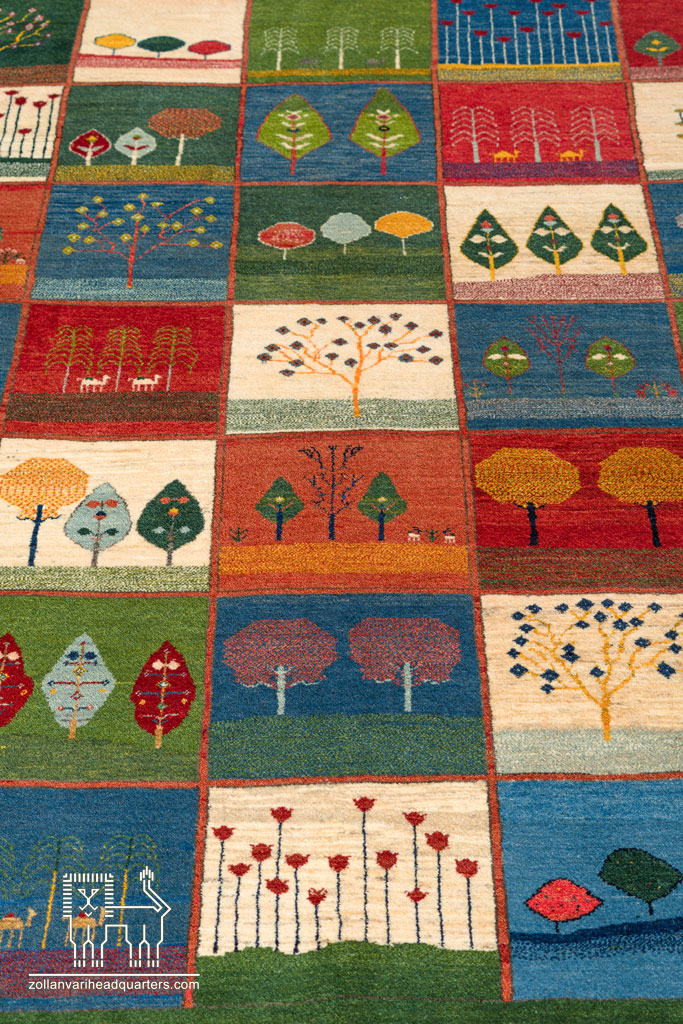Rugs: A Significant Element in Home Decoration
Handwoven Rugs | Rugs are a fundamental part of home decor in every Iranian household and play a crucial role in enhancing the beauty and cultural identity of interior spaces. This beautiful art form is divided into two categories: handwoven and machine-made, each with its own unique characteristics. Silk handwoven rugs are renowned as one of the most exquisite and valuable Iranian art pieces with global acclaim. These rugs, with their unique patterns and colors, add a distinct charm to any environment. Maintaining these rugs requires special care and attention to preserve their beauty and quality for years. Given these aspects, silk rugs, as a key element in interior decoration, contribute to the comfort and beauty of Iranian homes and showcase their cultural value. In the following article from Zollanvari, we will explain why you should buy handwoven rugs.
Advantages of Choosing Handwoven Rugs
In Iranian culture, handwoven rugs are recognized not only as decorative elements but also as symbols of authenticity and national art. The advantages of handwoven rugs include their high durability, unique designs, and a wide range of colors and patterns, making each rug a piece of art. Here are some of these advantages:
- Handwoven rugs are among the most beautiful and valuable types of rugs, and due to the natural fibers used in them, they hold a special place in interior decoration. The main advantages of handwoven rugs include the use of four primary raw materials: wool, cotton, silk, and pile. These natural fibers are not only aesthetically pleasing but also beneficial for health. For example, all-silk rugs provide a luxurious feel with their softness and shine, while wool-cotton blends offer higher durability and strength.
- We all subconsciously resist expenses that are merely consumptive and prefer to invest our money in things that will be useful in the future. Handwoven rugs are one of the best examples of such investment. Due to their artistic nature and handcrafted quality, these rugs not only retain their value over time but also appreciate in value and price as they age.
- A prominent feature of authentic rugs is the use of natural dyes in their weaving. These colors are typically derived from plants, fruits, and minerals, which not only provide beauty but also greater durability and longevity.

Should We Buy Handwoven Rugs or Machine-made Rugs?
Machine-made rugs, with their diverse designs and captivating colors, initially appear stunning and attractive. This allure is even more pronounced under artificial lighting in stores, drawing customers in. However, the reality is that when these rugs are placed in a home and examined under natural light and closer scrutiny, their initial beauty diminishes. Machine-made rugs are typically woven with synthetic and plastic fibers, which means they lack the warmth and softness of handwoven rugs. Handwoven rugs, made from natural fibers, provide warmth in cold winters and coolness in summer. Thus, while machine-made rugs may be appealing due to their initial appearance, they may not be satisfying in the long run and lack the pleasantness that handwoven rugs bring to a space.
Conclusion
Handwoven rugs, as a key element in Iranian home decoration, significantly impact the beauty and cultural identity of the space. These rugs, usually made from natural fibers like wool, cotton, silk, and pile, are valuable not only for their unique designs and color diversity but also for their durability and health benefits. If you are considering purchasing a handwoven rug, you can browse the diverse samples available on the Zollanvari website and make your selection with confidence.



